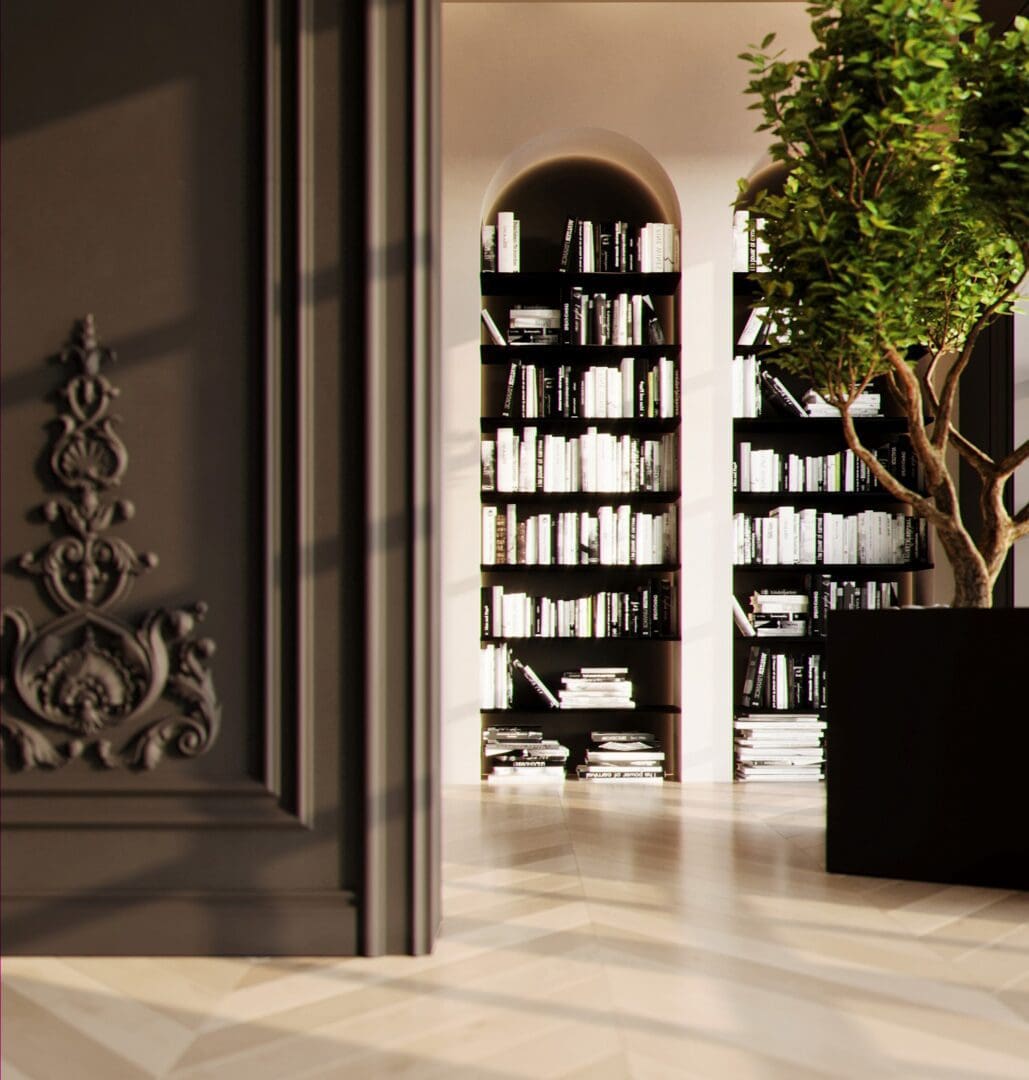
Employee burnout is a rife problem in modern workplaces due to stress, overworking, and poor work-life balance. Companies can solve this problem with good organizational policies and a better task management approach. They can also minimize this problem by changing or modifying the working environment. Modern office design emphasizes flexibility, comfort, and well-being to combat burnout.
- Flexible Workspaces: Encouraging Movement and Collaboration
Notably, flexibility has emerged as one of the most critical components of current offices’ design. Conventional workplaces imply fixed and static working arrangements and equipment where you must work from a desk. Traditional offices follow a rigid format or layout and are not easily alterable to suit the needs of the employees. Traditional offices are also not likely to follow the open concept, where employees can select the environment they wish to be in or sit wherever they prefer.
In contrast, modern offices promote flexible workspaces, encouraging employees to move around, choose where they work, and collaborate with colleagues in various settings. Luxury interior designers London can incorporate open-plan areas, quiet zones, collaborative hubs, and breakout rooms in modern offices. That is good as it provides employees with many workstations. It allows employees to select an environment most appropriate for their work or their current state of mind. This variety prevents monotony at the workplace, cutting down on stress and reducing burnout due to an increased sense of control over the working area.
- Ergonomic Furniture: Prioritizing Physical Comfort
Physical discomfort at the workplace can be a source of stress. It can cause stress and brief burnout when endured in an organization. Modern office designs solve this problem by focusing on ergonomic furniture that maintains the body’s natural alignment and avoids the development of musculoskeletal disorders. Such designs contribute positively to comfort, reducing or eliminating burnout cases among employees.
Adjustable work desks, ergonomic chairs, and supportive arrangements for the keyboard and mouse are the basics of any modern office. Therefore, through ergonomic designing, organizations can adjust to workstations and avoid bodily stress that results in fatigue among employees. Also, ergonomic designs such as standing desks and sit-stand workstations require the employee to stand and take a break from sitting. Such interventions assist in overcoming the adverse consequences of sitting for long hours.
- Wellness Areas: Supporting Mental and Physical Health
Incorporating dedicated wellness areas within the office is another effective strategy for preventing burnout. These strategies can range from general relaxation rooms to complex and smart-enabled gymnasiums.
Wellness areas are spaces for such amenities that allow the workers to relax and even exercise during their free time at work. Spaces that can be used for yoga, relaxation exercises, or even just a room to recharge from stress could work wonders. Also, it is possible to offer opportunities for regular exercise, for instance, fitness centers for employees, or integrating the possibilities for walking, cycling, taking the stairs, etc. Regular exercise at the workplace can help employees overcome stress, avoid burnout, and keep in shape.
- Noise Management: Creating a Calming Environment
Noise pollution is one of the most prevalent sources of stress in workplaces. The problem is even bigger in organizations with an ‘open space’ working environment. Noise pollution causes distractions, reduces output, and causes emotional stress among employees, resulting in burnout.
In today’s modern offices, corporate interior design services can control noise using noise-resistant materials, carpets, and noise-cancellation gadgetry, among others. Providing noise-vetoing headphones or creating designated quiet zones are solutions to minimize noise and enhance focus. By managing the acoustic environment, offices can create a more calming and focused atmosphere to foster mental well-being.
- Social Spaces: Fostering Community and Connection
Many studies suggest that poor social support or lack of it is one of the causes of burnout in offices. Contemporary trends in office designs and improved working environments foster the formation of interaction zones where workers can interact, brainstorm, and establish friendships.
These spaces may range from communal kitchens, lounges, or coffee bars where people may engage in informal interactions and gain a community feeling. Such social interactions among employees can reduce their stress levels because they feel they are not alone but a part of a community. These interventions can reduce burnout cases a great deal. Social spaces also foster interaction, which then brings efficiency in most of the tasks and the creation of new ideas to the workplace.
Conclusion
Preventing employee burnout requires a holistic approach that considers not just workload and management practices. If managers are to prevent employee burnout, they need to address several factors other than the amount of work or the system in which employees work. It is essential to consider the physical working conditions. Current and future trends adorning flexibility, natural elements, ergonomic furniture well-being zones, noise management, and social zones in modern office designs can significantly contribute to employee well-being. Therefore, companies should provide a workspace that promotes mental and physical well-being to achieve more focus and better overall health.
